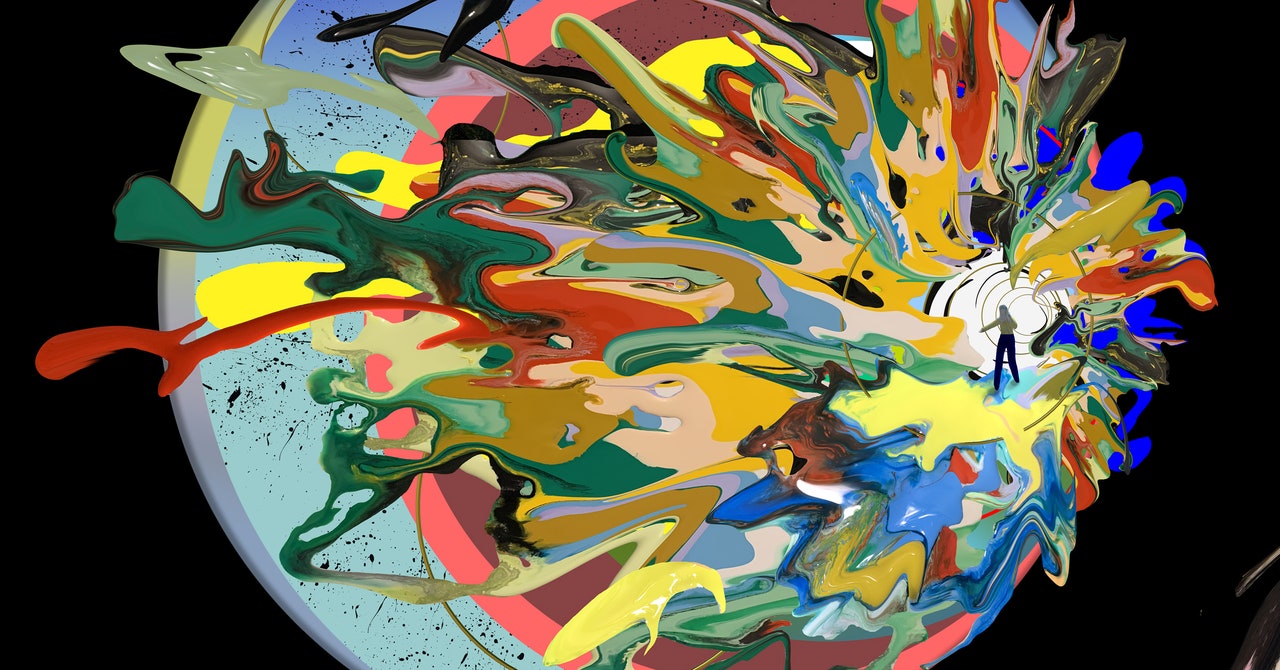
About a month into the 2020 pandemic lockdown, Gül Dölen, a neuroscientist, noticed that she had come untethered from reality. “Everything felt sort of swooshy,” she says, as if she was in an “altered, mystical state.” She wasn’t constantly obsessing over her lab at Johns Hopkins University. She chilled out. And for the first time in her life, she found she could meditate for a good 45 minutes at a time.
Her senses were unusually sharp too. On long walks under the monochrome slab of Baltimore’s April sky, she felt hyper-attuned to the natural world. She smiled at the turtles poking their heads out of the inky water of Fell’s Point. She reveled in the crickets’ evening chorus on eerily empty streets. When she happened across a fallen bird’s nest with a broken egg inside, she came close to tears as she imagined the “deep, deep pain of the mother bird.”
She felt like she was on drugs. Or on a spiritual excursion, experiencing what an enlightenment-seeking Zen monk might find sitting alone in a cave. One day, she grabbed a pen and started to crank out haikus. One of her favorites nods to the writer Aldous Huxley’s mescaline-induced notion, immortalized in The Doors of Perception, of being one with a chair:
By asymptotics
The distance between us is
infinite and none
The poem gets at a simple, profound notion in physics—that the particles making up Huxley and those of a chair always mingle, whether the two are rooms apart or butt-smashed-to-seat. That’s how she felt, too, as if the rules that had always governed her perceivable reality were blurring with those of a different plane of being. In the midst of this creative explosion, she had an epiphany. The extreme isolation of lockdown might have tipped her into an exceptional brain state. Absurd coincidence, if true. Dölen has spent much of her career studying this exact state: a time of heightened receptiveness, usually in childhood, called a critical period.
Critical periods are well known to neuroscientists and ethologists, because they lay the groundwork for a creature’s behavior. They are finite windows of time, ranging from days to years, when the brain is especially impressionable and open to learning.
It’s during a critical period that songbirds learn to sing and humans learn to speak. There are critical periods for walking, seeing, and hearing as well as bonding with parents, developing absolute pitch, and assimilating into a culture. Some neuroscientists suspect there are as many critical periods as there are brain functions. Eventually, all critical periods close, and for good reason. After a while, extreme openness becomes inefficient, or downright dysfunctional.
Floating through downtown Baltimore like a disembodied spirit, or sitting alone at her kitchen table eating rolls of nori filled with peanut butter and jelly, Dölen realized she’d been spending too much time worrying about her career, and not enough time on her simple love of science, and her sometimes outlandish-seeming questions. Like the one she was contemplating now: If she could reopen critical periods, what mind- and life-altering changes might come about?
She believed that if she could crack the code of critical periods—how to trigger them, how to do so safely, what to do once they’re open—vast possibilities awaited. People who lost their vision or hearing might regain those senses. Stroke patients might recover movement or relearn to speak. Might an adult learn a new language or musical instrument with the ease of a child? Scientists have spent decades trying to safely and easily nudge the brain into these states, with little to show for it. They’d managed to reopen a vision-related critical period in mice—but only by first suturing shut the animals’ eyelids. Their methods were not exactly human-compatible.
Just before lockdown, Dölen had begun to think she was on the cusp of an answer—something she describes as the “master key” for reopening critical periods. It was something Indigenous cultures had recognized for millennia as able to provide healing and growth. The key, she suspected, was psychedelic drugs.

